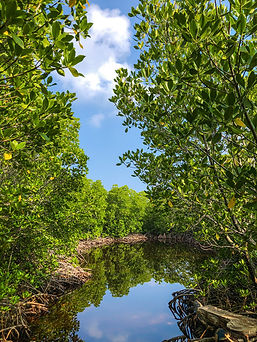How it works
Observation
iNaturalist is a free platform—both a website and app—to record observations of plants and animals in nature. You use photographs to share what you’ve found, which contributes to a global dataset of biodiversity information used for both science and conservation. Making observations is as simple as exploring, being curious, and taking photos of organisms (or evidence of those organisms, like tracks, nests, shells, or skulls.)




Identification
The iNaturalist computer vision will suggest possible identifications, and then when you upload those observations, the iNaturalist community works together to refine and confirm the identifications. iNaturalist helps anyone exploretheir surroundings, improves their observation skills, and connects them to a community that will help make them a better naturalist.
Observing Wildlife


Discover fun features included in iNaturalist Online
Why does it matter?
Wildlife observations on iNaturalist become research grade when the species has been identified correctly and is confirmed by the iNaturalist community. Research grade data helps scientists and resource managers understand when and where organisms occur. The data is used in scientific study, resource management, and policymaking. iNaturalist shares your findings with scientific data repositories like the Global Biodiversity Information Facility to help scientists find and use your data.
Virtual iNaturalist Training
Join us with local iNaturalist expert, Joe MDO, to explore the incredible capabilities of the iNaturalist platform and learn best practices for data collection. For the recording, please email conservation@frostscience.org
Recording available here.
Joe Montes de Oca, an experienced iNaturalist user, is available to provide training/answer questions most weekdays from 2:30PM-8:00PM. You can get in touch with him to plan a Zoom meeting at joemdo.inaturalist@gmail.com with your availability. He is happy to meet with organizations, teachers, groups, or one-on-one.
You can also see the following powerpoint presentation with tips on how to use iNaturalist:
https://drive.google.com/file/d/16fWrL3Ggw0CA7OkuIE_RFQemLNYZITXV/view
.png)







